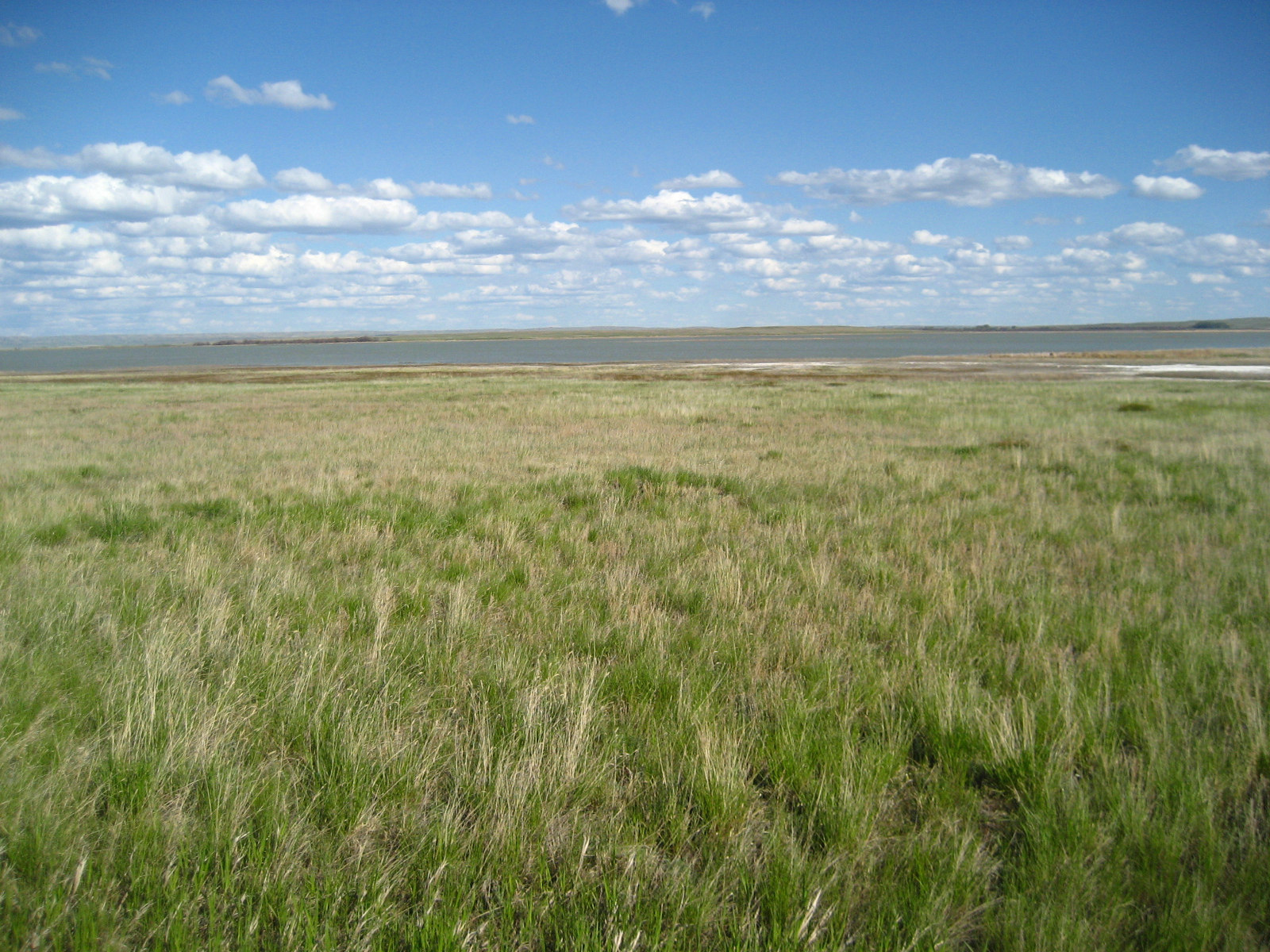
Phenology Invasive Species
Tulip Gardens
GPS
Phenology Exercises: Monitoring Phenology

Steps to Getting Started in Phenology Monitoring
1. Select and identify your plant
Go to Project BudBurst's Plant List and find a plant species that you have seen in your area.
Be sure to choose a plant that you can easily access for daily monitoring, like those in your schoolyard
or neighborhood.
If you choose a plant that is common in the area, feel free to use a mark on the specific plant that you
are observing, so that you can easily find it again.
If you cannot find a plant that is in your neighborhood on the Project BudBurst website, you may use any plant
that is accessible and identifiable.
Please use Project BudBurst's Plant Identification Guide as a resource to identify the plants.
2. Describe the site where your plant is located
Before monitoring your plant, describe the area in which it is growing. This includes things like geographic
coordinates (latitude and longitude). These coordinates can be found through the Project BudBurst Geocoder
if you have your street address, as well as through a GPS unit or topographic map.
In addition to noting the geographic coordinates of your location, you will also want to describe features
in the area, such as proximity to buildings, slope, aspect, general use of the land around the plant,
or any other interesting notes about the site.
After selecting and describing your site, you can register it with Project BudBurst to save your observation
sites and plants.
3. Determine the phenophases
Go to the participate page of Project BudBurst's website, or visit the further information section on this site to find the phenophases
of interest for your particular plant.
There are eight basic phenophases for most plants:
- First leaf
- All leaves unfolded
- First flower
- Full flower
- End of flowering
- First ripe fruit
- 50% color
- 50% leaf fall
However, there are different phases for different types of plants. Project BudBurst has grouped plants
into five categories, with different phenohpases of interest:
Wildflowers and Herbs

- First flower
- End of flowering
- First ripe fruit
- All leaves withered
Phenophases to look for:
Grasses

- First flower stalk
- First pollen
- End of pollen
- First ripe fruit
- All leaves withered
Phenophases to look for:
Conifers

- First needles
- First pollen
- Full pollen
- First ripe fruit
Phenophases to look for:
Deciduous Trees and Shrubs

- First leaf
- All leaves unfolded
- First flower/ First pollen
- Full flower/ Full pollen
- End of flowering/ End of pollen
- First ripe fruit
- 50% Color
- 50% Leaf fall
Phenophases to look for:
Evergreen Trees and Shrubs

- First leaf
- First flower/ First pollen
- Full flower/ Full pollen
- End of flowering/ End of pollen
- First ripe fruit
Phenophases to look for:
4. Now you are ready to start monitoring your plant of choice!
Begin observing your plant daily a week or two before you expect the phenophase to change. This way, you will be sure to see the phenophase change, and you will get the best possible data for phenology monitoring. You can visit Project BudBurst's resources page to help you identify the plant's current phenophase.
While monitoring your plant, record your observations using the reporting form. You will want to record the starting date of each phenophase, as well as qualitative information about your plant. You may stop observing your plant when it has reached the phenophase that you were looking for, and you would not like to observe any further phenophases.
5. Report your observations online
When you record a phenophase for your plant, you can register your observations with Project BudBurst's online database.
If you do not want to report your observations online, you may send them anonymously to Project BudBurst once all of your plant's phenophases have occurred.
These field procedures are also available in a downloadable and printable handout form here.
Image Sources: Project BudBurst; Chelsea Weiskerger